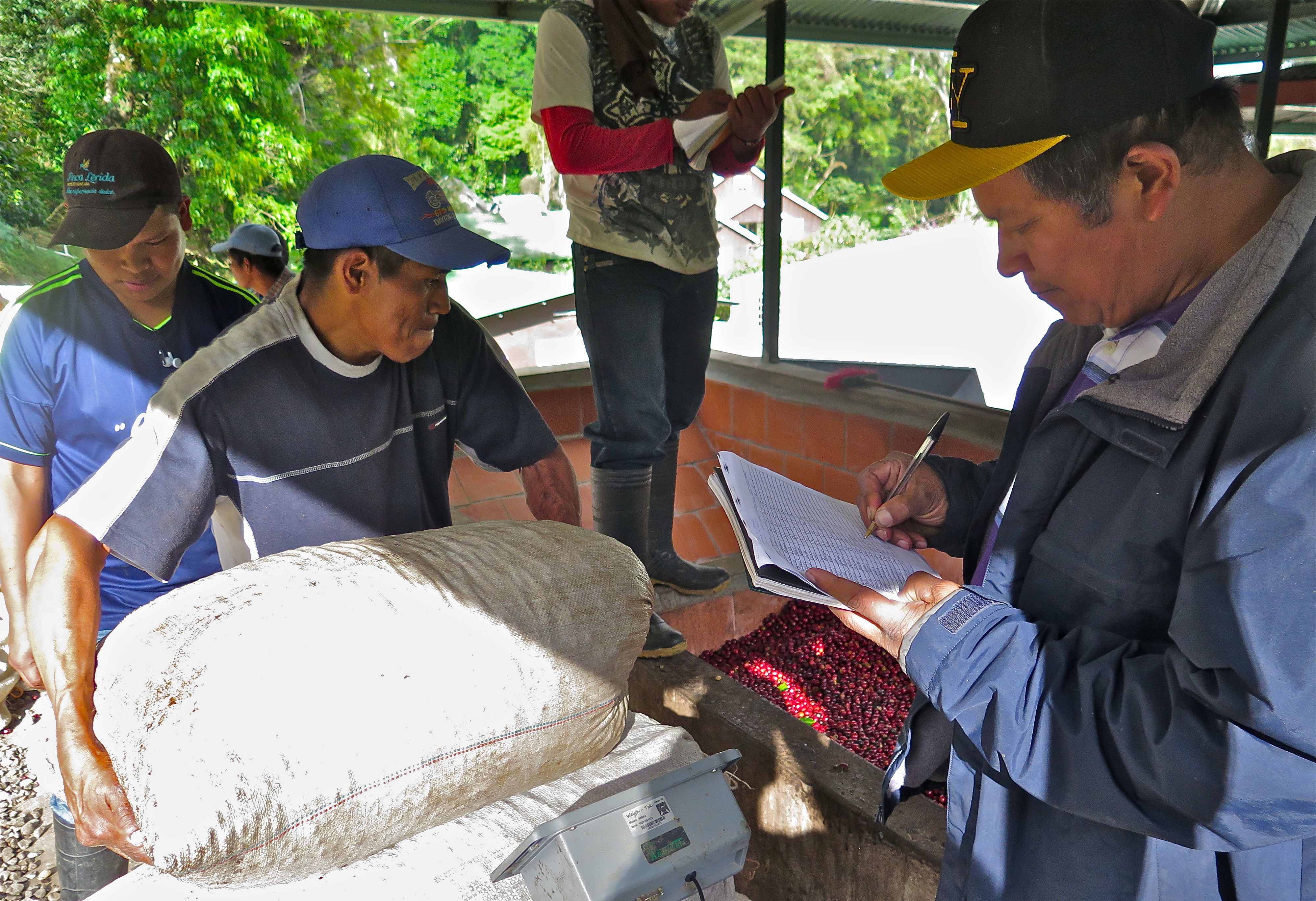
BOQUETE, Panama — A mile high in the western highlands, near the border of Costa Rica and in the shadow of 3,474-meter (11,398 feet) Volcan Baru, a dormant volcano that is Panama’s tallest peak, lies a convergence of water, sun, soil, and altitude that produces superb coffee. The very same union of God-given natural bounty also yields a prodigious bounty of beautiful flowers and an afternoon banquet of rainbows that arc, mountain range to mountain range, to form half-halos of color above this handsome valley town.
For a generation now, and with the help of a sizable community of ex-pat Americans and Canadians, Boquete (pronounced Bo-ket-ay) has merged its century-old coffee-producing economy with contemporary pursuits like hiking, white water rafting, and farm-to-table restaurants. The result is a tourist town set by the fast-flowing Caldera River that resembles Telluride, Colorado, enjoys the sunny weather of Santa Barbara, California, has the authentic and gracious charm of Saint-Malo, France, and the steep and clean wild rivers and challenging cliffs of Banff, British Columbia.
Most of Boquete’s 6,300 residents are said to be intent on preserving these assets as the foundation of a sustainable economy that is thriving. This is no small feat in a mountainous, water-rich region that is a study in fluid mechanics and kinetic energy. Rivers are big and move downhill with authority in western Panama, which is attracting intensive hydro-electric power development.
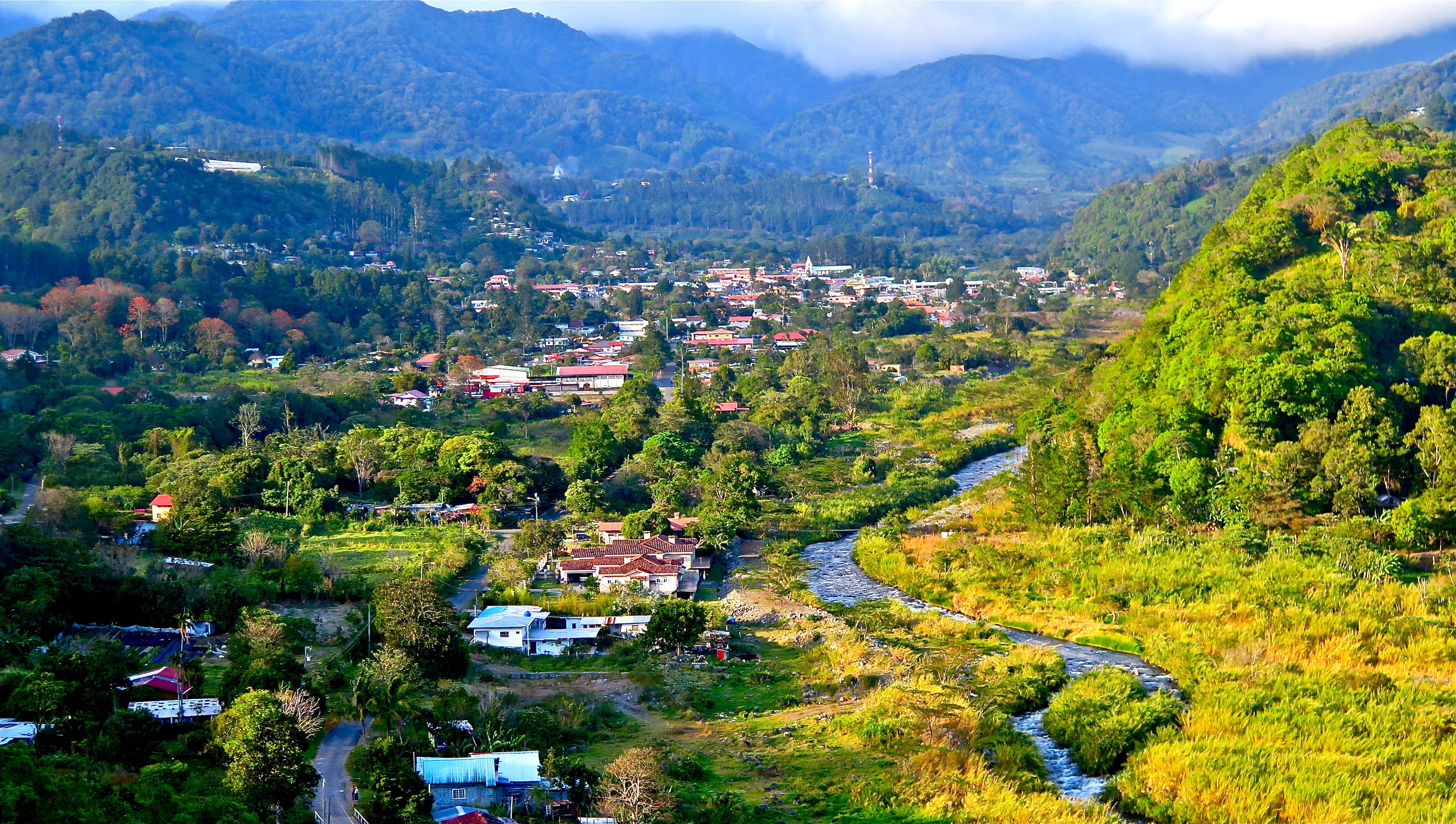
A friend, Osvaldo Jordan, who is a biologist and political scientist, took me to the other side of the mountains, closer to the Caribbean, to see the tropical river valleys where new dams are proposed for a report later this month for Circle of Blue. “There are different definitions for defining modernity,” Osvaldo told me. “The biggest challenge for Panama is to find the right definition.”
A portion of that new definition rests in Boquete. In town there are lovely restaurants like the Art Cafe, which serves exquisite French dinners for a fair price and Punto de Encuentro, where Boquete’s best breakfast is served. Olga, Punto’s owner for 17 years, gives customers a hug and a kiss hello, and a hug and a kiss goodbye.
Coffee Tree Heaven
On a slope of Baru above Boquete, about 300 meters (1,000 feet), is a microclimate that supports about 50 small farms that are competitive internationally for producing some of the world’s best coffee. One of them, the Finca Lerida farm, was founded in 1911 by a German engineer who spent much of his time assisting in the construction of the Panama Canal. Down the road is the famed Hacienda La Esmeralda, owned and managed by the Peterson family, that became a station on the international coffee map with its mild and delicious Geisha variety coffee, the best of which sells for $153 a pound — when it can be found.
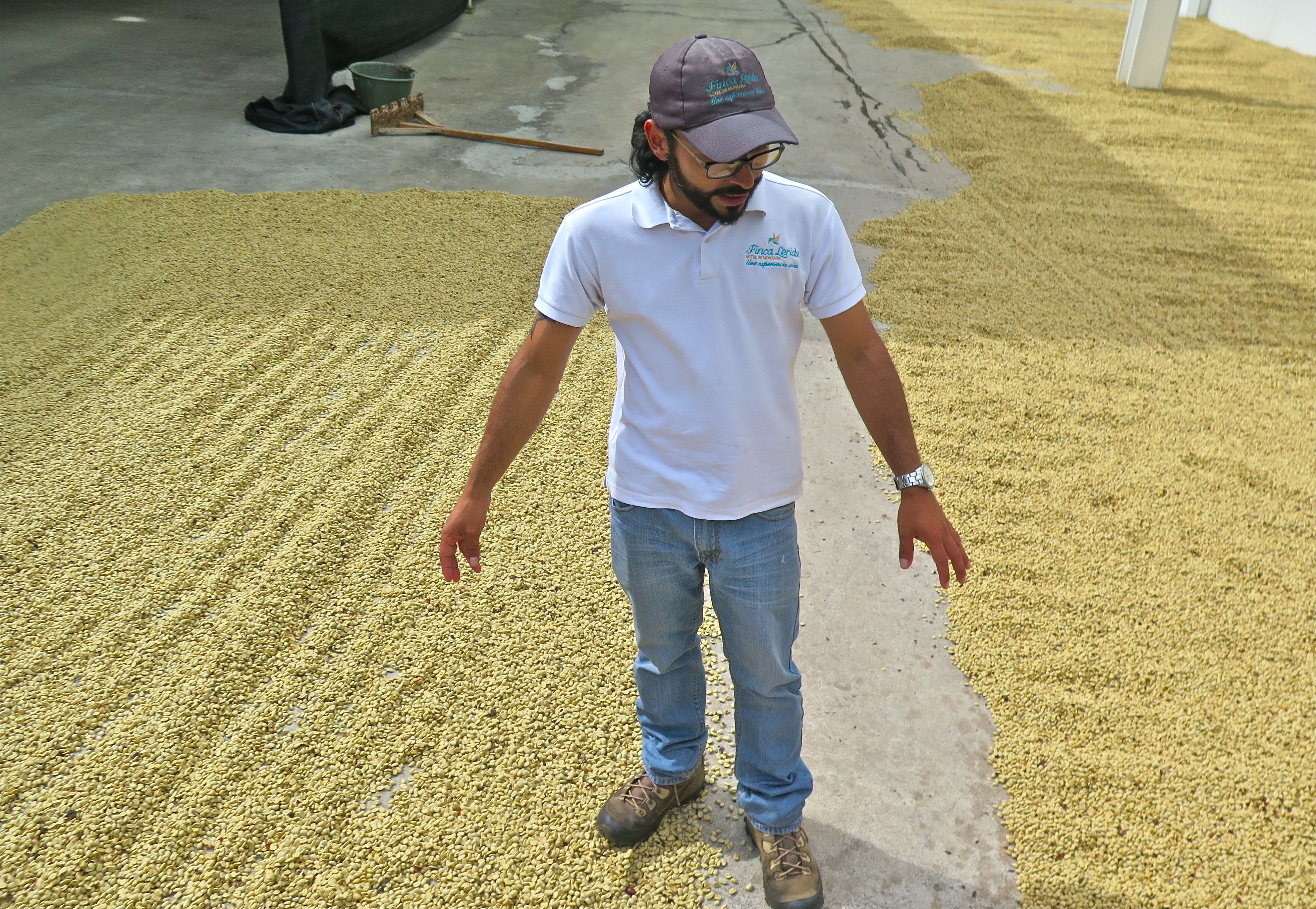
With prices like that, Boquete’s coffee farmers aren’t afraid of telling visitors that money really does grow on trees. Coffee trees love this place. The rich volcanic soil, bright sunlight, and afternoon clouds that surround the trees in a moisturizing mist, turns seedlings into mature producing trees in less than four years. The trees yield clusters of red fruit, smaller than cherries, that are sweet when eaten raw.
Cesar Caballero, a 28-year-old Boquete native, who leads Finca Lerida farm tours, said it takes 50 permanent workers to care for the orchards, harvest the fruit, dry and process the beans. The farm produces 30,000 pounds of its own coffee fruit a year, which yields 10,000 pounds of finished coffee beans ready for sale to the global market at $15 a pound. Finca Lerida also dries and processes coffee from other plantations. A portion of the harvest is roasted on the plantation for sale in the coffee shop or to serve guests in the farm’s 23 boutique hotel rooms.
Cesar explains all this to a small group of Americans and Panamanians. In the farm’s cupping room, where coffees are blended and tasted, Cesar expertly prepared freshly roasted beans, small white cups without handles, and very large silver spoons — the tools for sampling different aromas, and different tastes. He executed these tasks while noting, “I’m not a coffee lover. Coffee isn’t my favorite drink. I really don’t care much for it.” Clearly he wasn’t trained in the Procter & Gamble stay-on-message marketing center.

Fair Trade Coffee
Cesar, though, is more passionate about Finca Lerida’s environmental and human rights activities. Workers earn about $20 a day and are housed on the farm. All of the pulp and juice from processing are recycled. A good deal of the byproduct, Cesar said, is turned into compost or fed to red worms, which produce a liquid urine-like waste that is mixed with water and sprayed on the trees to control fungus and pests. “That’s a tough job,” said Cesar, who is bilingual. “The stuff really stinks.”
Due to its environmental stewardship and humane consideration of Finca Lerida’s workers, Cesar said the farm is operating in accordance with the American standards of Fair Trade production. “We’re doing those things we should do,” he said. “Now it’s a paperwork thing.”
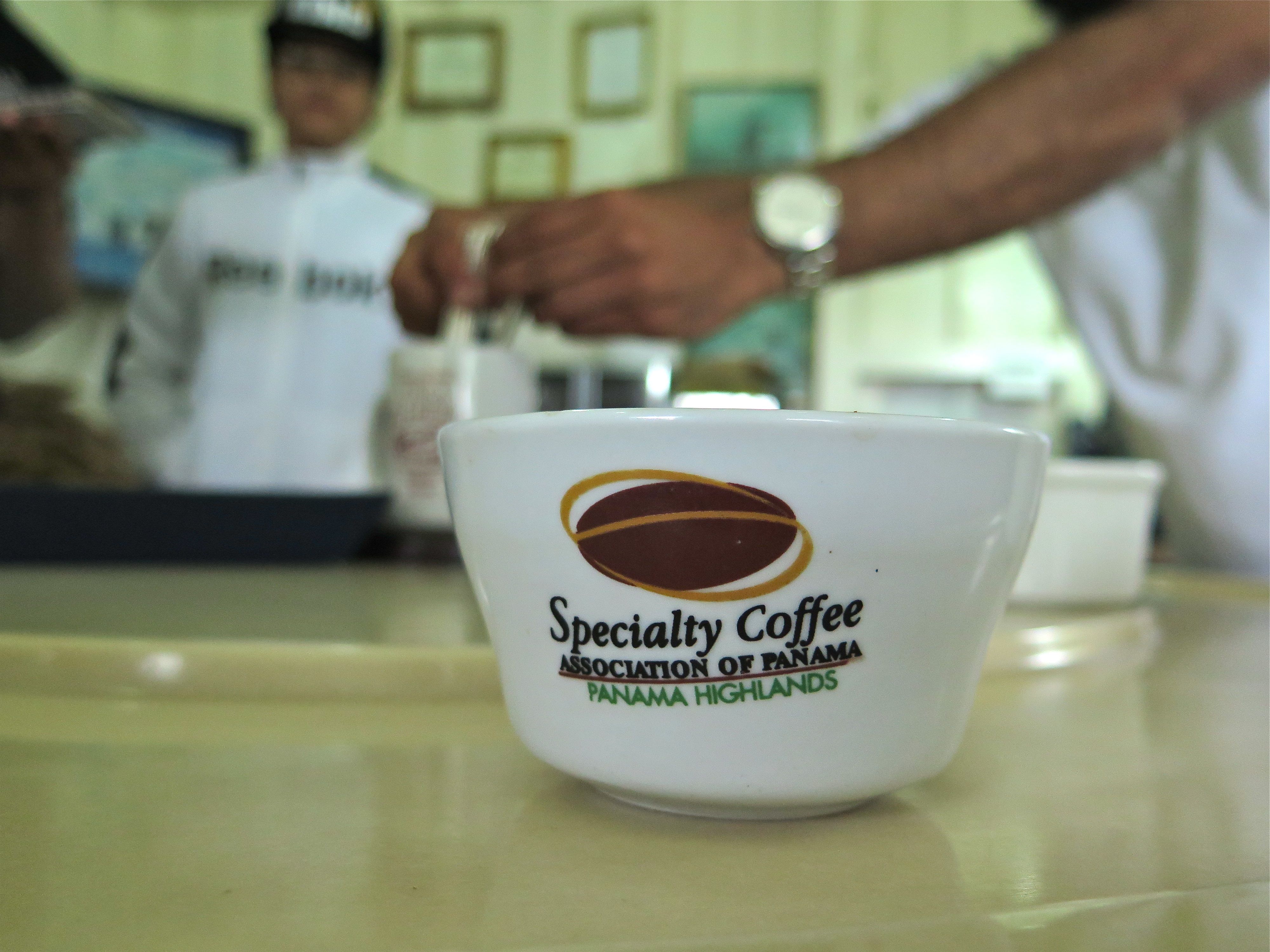
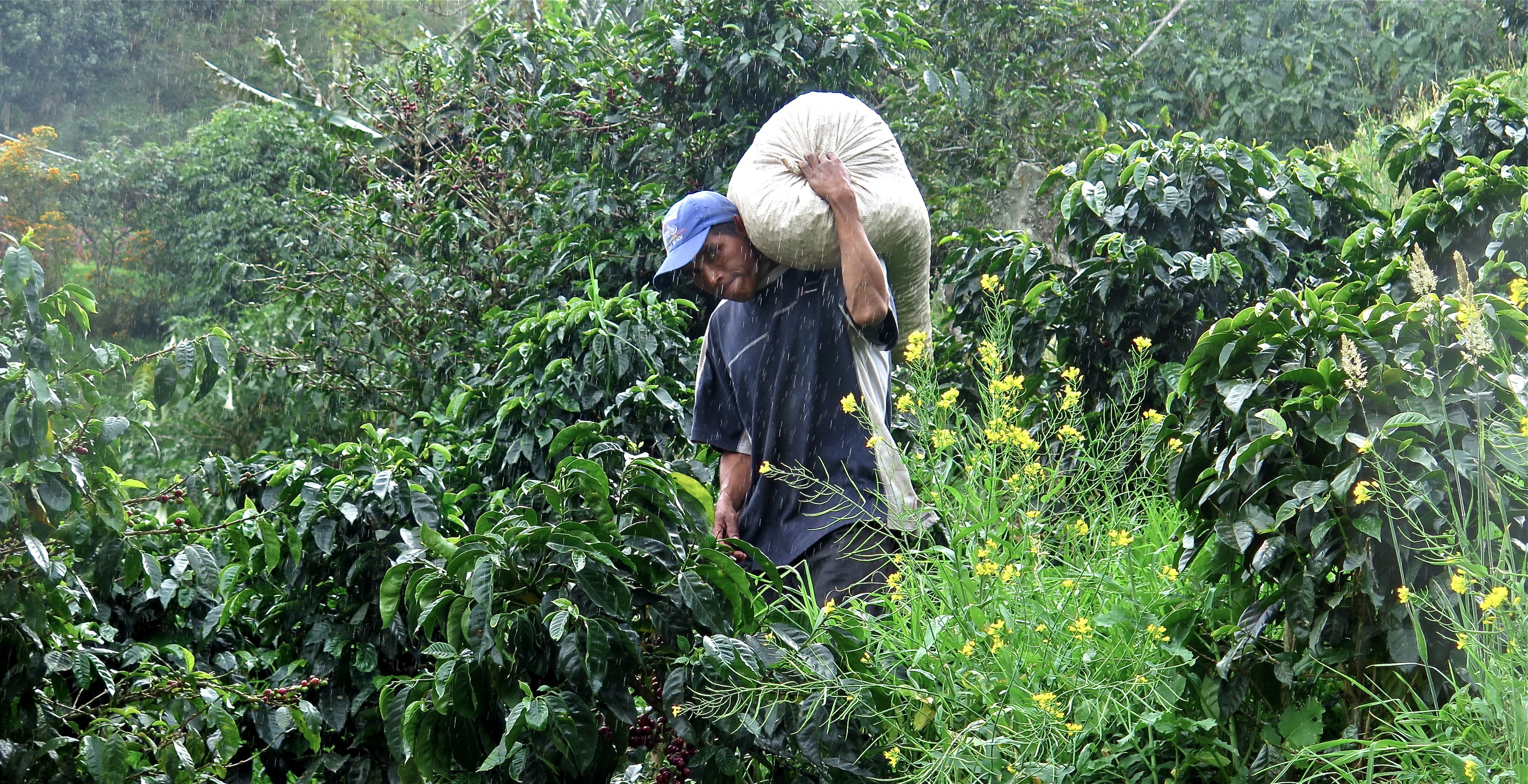
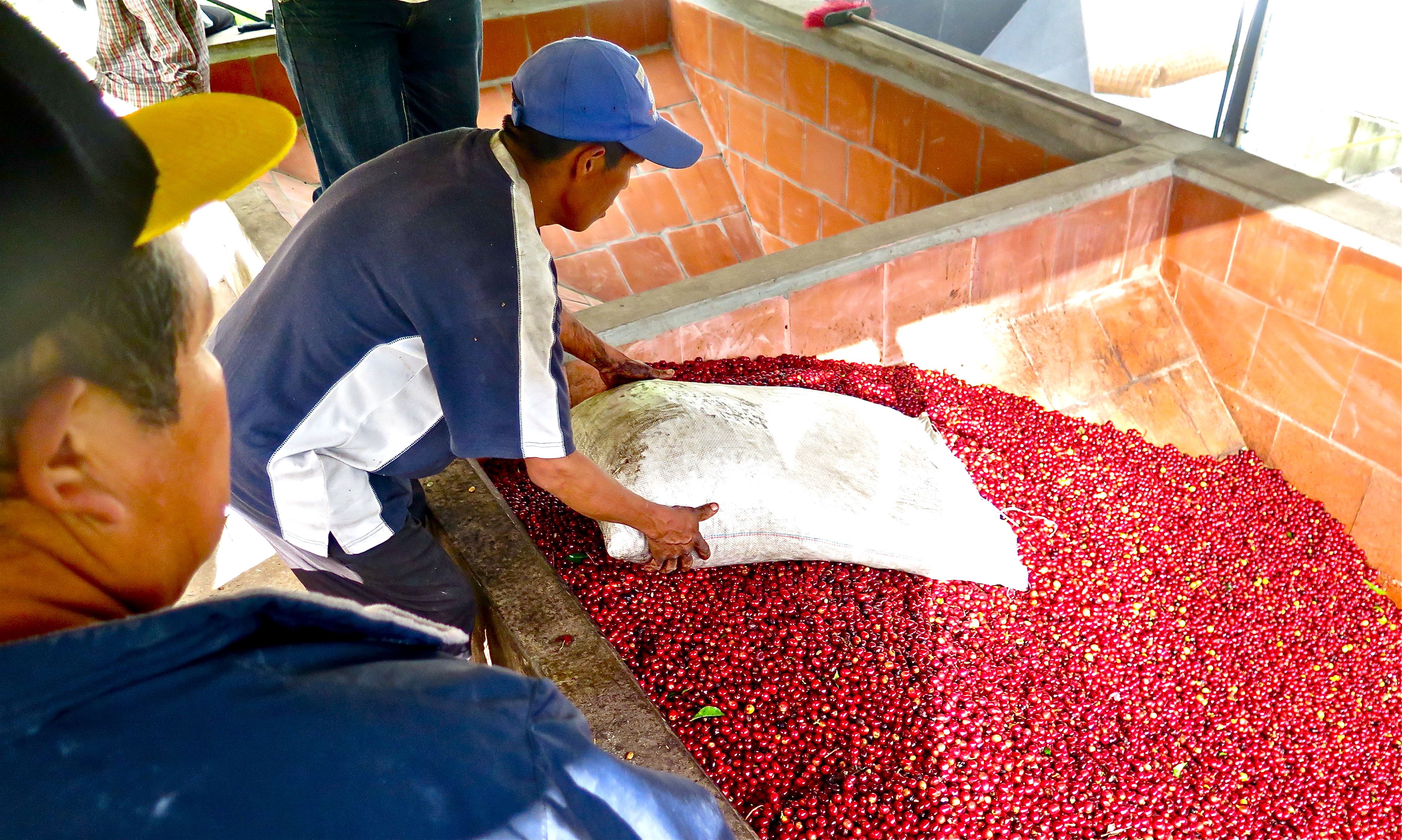


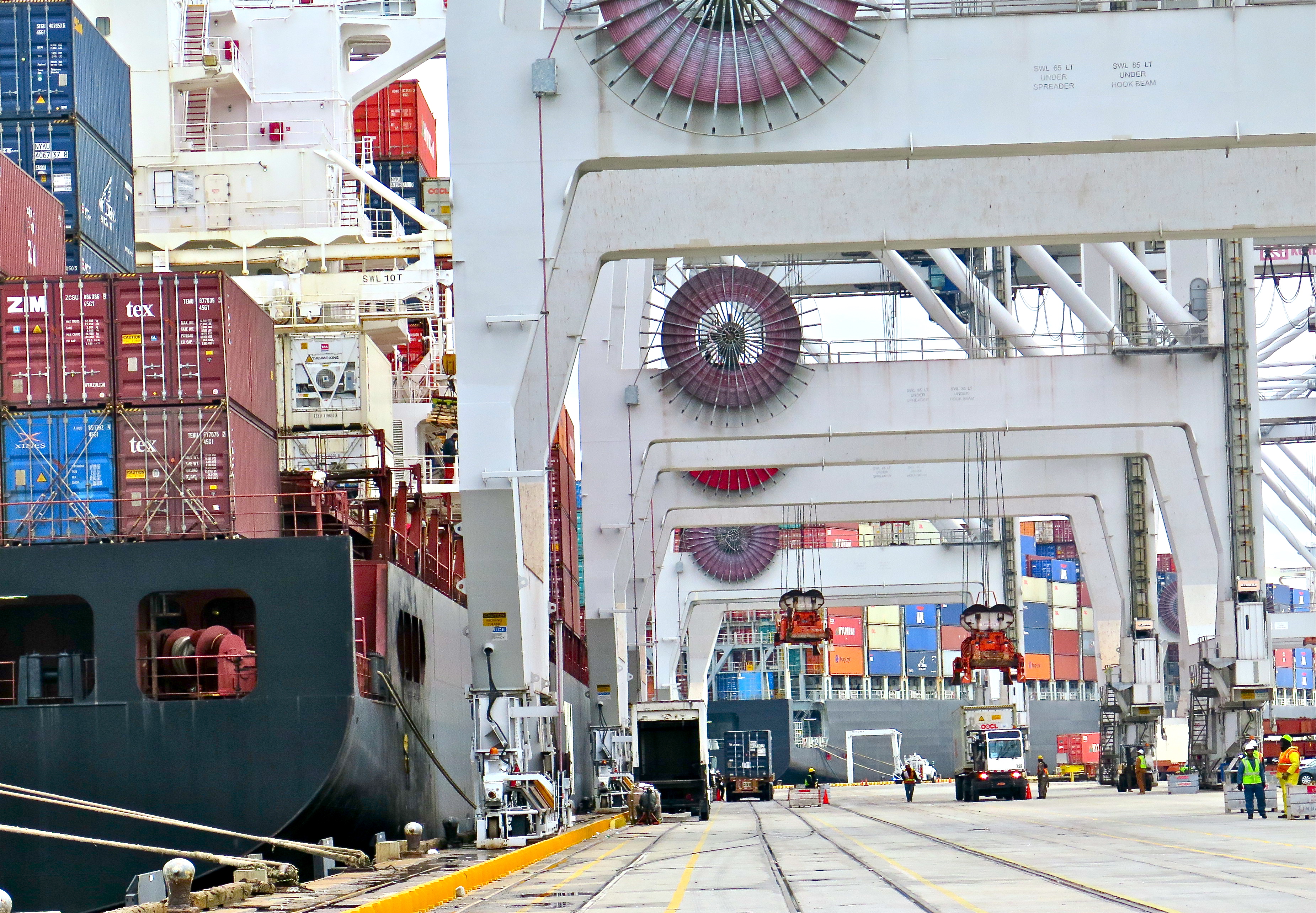

Dear Mr Schneider,
I am writing a children’s book about the coffee grown in Costa Rica and the people who work so hard to harvest the beans. It is designed to demonstrate the need to appreciate all those who provide services, behind the scenes; people we never meet and know little about. I would like to ask permission to use a couple of your photos to help illustrate this story.
We love your work and it matches the text of the story perfectly!
Please feel free to contact me at speigna@gmail.com or at +33 642518446 via WhatsApp.
Sincerely,
Sabine